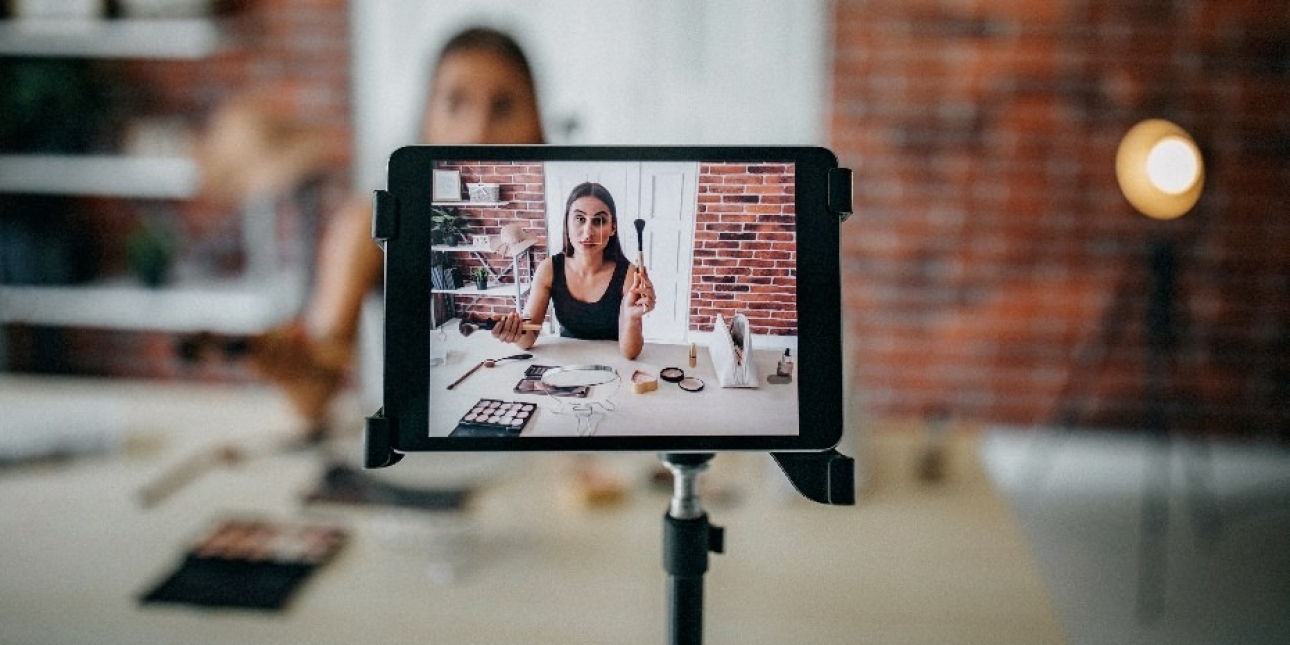PUBLIC RELATIONS
Wednesday 9th December 2020
How to understand and leverage the effectiveness of influencer marketing today
Influencer Marketing has enormous clout for brands’ growth objectives and it’s becoming an essential tactic for many businesses digital marketing strategies. Google searches for ‘influencer marketing’ have increased 1500% in just 3 years, and the industry is expected to see the industry grow to approximately $10 billion by the end of 2020.
With 2021 just around the corner, brands (and their PR agencies), will undoubtedly be starting to think about their comms master plan, and associated budgets, for the year ahead. As the industry expects to see influencer collaborations moving to always-on, rather than just as part of a campaign, it’s important for marketeers to understand the effectiveness and ROI these partnerships can deliver.
So, why is influencer marketing important for brands? Quite simply, people buy from people. And this is true whether your business is direct to consumer or B2B.
There’s been growing consumer sentiment for brands to have more of a relatable voice, and personality for some time now. Partnering with influencers, gives brands a perfect platform for actioning this.
And more recently during the pandemic, it’s been recognised that brand building and audience engagement is key for business growth. Influencer marketing is giving brands that essential means to reach its target customer, but in a more meaningful way. Especially, whilst those audiences have been captivated at home, with not much else to do than scroll through their devices.
Not sure how to approach working with influencer for your brand, or feel like you need a knowledge top-up? Here’s a step-by-step framework we’ve developed from working with influencers consistently over the years.
How to collaborate effectively with influencers
Influence can be confused with popularity. As influencer marketing consultant Scott Guthrie has already said: “Influence isn’t the same as popularity. Influence drives action. Influencers are change artists.”
So rather than command the content you want to be created, try following these rules of thumb instead.
The Brief
Take time to explain your brand’s key messages, product/promotion and what objectives you’re aiming to achieve both verbally (so nothing can get lost in translation) and in written form (so there is a documented point of reference).
The typed-out version of the brief should also clearly outline the following (and then be added to the contract once both sides have agreed and understood the brief):
- Key messages
- Channel(s)
- Post deliverables and timeline (dates and get as granular as timings too so that followers’ eyes will see the posts at the influencer’s optimum time of day for engagement)
- Deadlines for the creative content and captions to be submitted in advance for brand approval
- Handles and hashtags that must be included in captions
- Website links, or even better a UTM coded link to the site so you can better track the influencer’s performance
- Agree up front with any influencer you partner with, to share screenshots of their post or story insights after an agreed time period so you can view engagement stats easily
Creative Boundaries
Share a post mock-up that you’ve created for your own brand social media channels as a example reference. Then hand over the rest to the influencer. They are the master of creating their own content. If you limit the influencer’s creative freedom, the less authentic it will appear to their followers, and the less likely the post is to achieve strong engagement.
Negotiation
From the creative production, to the product you offer, to the budget pot for fees you have to spend, this process is a business transaction that works both ways, so make sure you both reap the benefits for the partnership. You’ll find the final quality to be much better this way too.
Beware of agency fees. You don’t want any nasty surprises appearing on the invoice. Make sure you agree whether this is to be included within the influencers fee, or separated out, at the time of contracting.
How to measure ROI (or, Return of Influence)
Influencer marketing sits quite nicely between earned PR and paid for social advertising. This means the metrics we look at for these digital PR tactics are not dissimilar to those we like to look at for Influencer Marketing. Like other digital PR tactics, you can set clear performance goals.
Whilst 85% of marketeers cite engagement as the biggest metric of success for influencer marketing, influencers also play an important role in the purchase journey. It’s common to have traffic driving or sales goals so affiliate codes or UTM links are the way to go so you can see in GA exactly who brought audiences to your site.
Here’s where you can monitor the data:
Reach & Enagement
Likes, comments, shares and volume of dedicated hashtags on the relevant social media channels
Traffic & Sales
Link clicks, swipe-to-shop and checking in your GA
Sentiment
Monitor the reactions, use of emojis and comments and assess whether the feedback is generally more positive, or more negative
Once your partnership is complete, it’s important to go back over the results and evaluate its performance against the ROI metrics most relevant to your original goals. Use these learnings for your next influencer marketing activity so you can continue to better performance every time you collaborate.
You can find a full Influencer Marketing Guide here.

